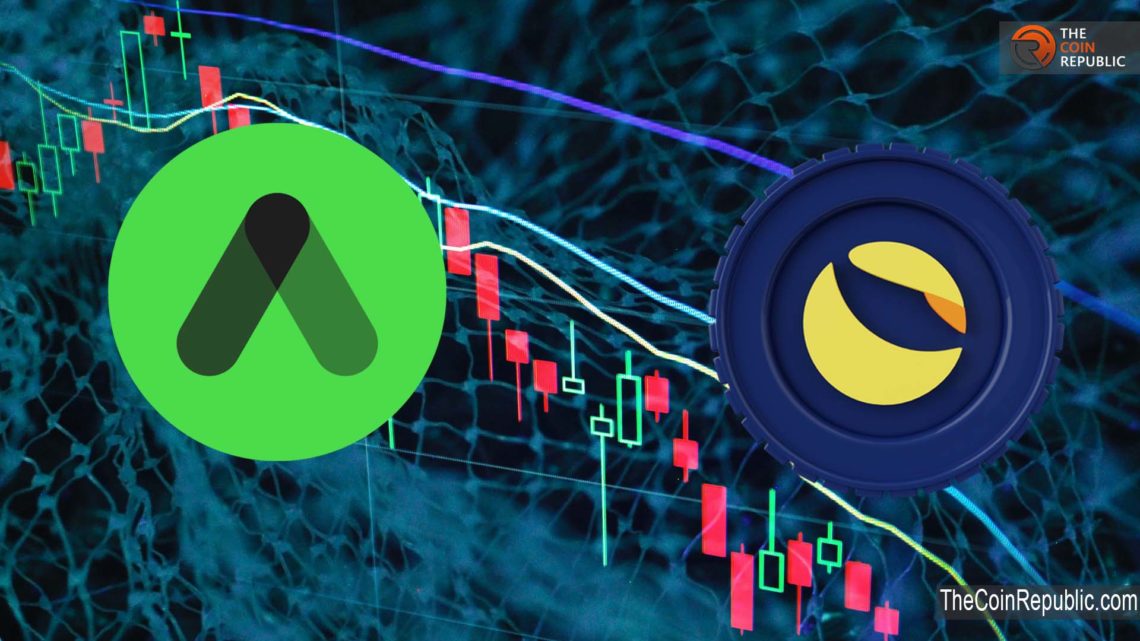The Terra crash earlier this May made quite a mess, and the crypto market felt its wrath, including flagship currencies such as Bitcoin(BTC) and Ethereum (ETH). Many questions were raised too on stablecoins and how they operate. Let’s try to unveil the mystery behind the collapse.
Luna rose to popularity quite rapidly and at a time when leading cryptocurrencies such as Bitcoin and Ethereum were falling. The success of the asset contributed much to a lending protocol, Anchor, which pledged an annual percentage yield (APY) of approx. 20 percent.
Let’s understand the working of the Anchor protocol in brief:
Deposits a $20,000 worth of Terra, which is pegged by dollar. Now, Anchor gives this deposit as a loan to another investor, B. In return, B would put some of her assets as collateral. A fraction of the yield from B’s collateral will go to A and some of her interest. These deposits and interest will be in Terra.
Borrowers were also getting a 20% interest rate as they too were being rewarded for borrowing. Now, the question arises where this money was coming from? Some began to warn that Anchor was unsustainable due to the lack of borrowers.
Some argued that a 20% rate could be meant as a Customer acquisition strategy and that APY will be revised lower later. Others called it a Ponzi scheme, where money was transferred to earlier investors from late investors as “interest.”
Despite all that, a good amount of Terra keeps being deposited. Decrypt numbered it, saying as much as 72%. However, Terra, like other stablecoins such as Tether and USDC, wasn’t backed by reserves. It was rather an “algorithmic stablecoin” that tries to stay at $1 via an arbitrage process with a sister token, Luna.
Now, the experts believe that algorithmic stablecoins fail since they are dependent on things that are not in their control, such as investor demand. While, in the case of Terra, it seems like a large withdrawal was the culprit. Stablecoins such as Iron and Neutrino too failed in the past.
Now, what went wrong was that the investors couldn’t take out their money when the ecosystem failed.
If you think that no one could predict this, then you’re wrong! Some had the idea of how things would play out. Sam Bankman-Fried, the founder of FTX, stated in a podcast:
“If you do zoom out, right, and you say, ‘This is a stable coin, backed by volatile assets, what’s gonna happen in a big market move.’ Right? Like, you know how this plays out.”
Clearly, not many people knew what was going to happen!

Nancy J. Allen is a crypto enthusiast, with a major in macroeconomics and minor in business statistics. She believes that cryptocurrencies inspire people to be their own banks, and step aside from traditional monetary exchange systems. She is also intrigued by blockchain technology and its functioning. She frequently researches, and posts content on the top altcoins, their theoretical working principles and technical price predictions.


 Home
Home News
News










